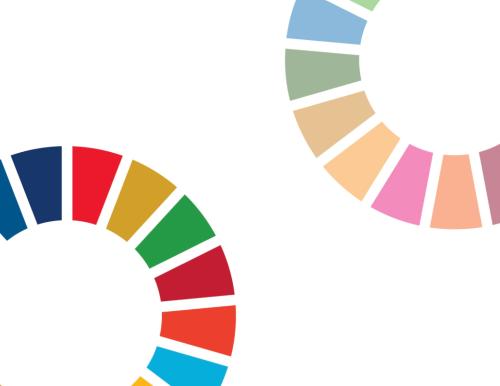The Obama administration has done a sound and muscular job of addressing the hard power aspects of U.S. policy in South Asia.
In Afghanistan, it tripled U.S. forces, for one last major effort to see whether counterinsurgency can succeed there. In Pakistan, it greatly increased aid, to help Islamabad fight its own insurgency and address balance-of-payment issues that have had the country teetering on insolvency. In India, through a nuclear cooperation deal and arms sales talks, it advanced the strategic partnership its two predecessors initiated.
But the region’s security remains troublingly uncertain. The stability of nuclear-armed Pakistan is at stake. So is the future of the India-Pakistan relationship, still the most likely place where two nuclear-armed states could wind up in war.
A big new push is now needed with soft power — particularly on the economics front. Secretary of State Hillary Clinton’s trip to the region this week suggests the way ahead. But bold ideas are needed.
There already have been initiatives on the economics front — in addition to the increased money for Pakistan under the Kerry-Lugar bill. A U.S. free-trade accord with parts of Pakistan has been proposed, to help bring development — and hope — to crucial tribal areas bordering Afghanistan. That nuclear deal with India is largely an economics initiative. Just last weekend, Afghanistan and Pakistan agreed to a transit agreement that would allow each country’s trucks to travel into the other’s territory.
But this use of economic foreign policy has a decidedly piecemeal feel. There is no major push for a new policy paradigm.
This is understandable at a time when the weak U.S. economy makes it difficult for Congress to seem too interested in the fate of distant regions of South and Central Asia. But, U.S. security depends on economic progress there. Only by elevating the economic initiatives to a strategic — and presidential — focus can we hope to overcome Congress’s understandable reluctance.
Building on existing ideas, here is a possible four-point economics and security initiative plan for South Asia:
• A major increase in economic aid to Pakistan, tied to at least modest steps toward economic reform by Islamabad
• A strong push to pass the free-trade proposal for Pakistan’s tribal areas, now stalled in Congress
• Encouragement for Pakistan’s and India’s efforts to pass their own free-trade accord
• Building fuel pipelines and electricity lines from Central Asia through Afghanistan and into Pakistan
Here are a few brief words about each component:
Aid to Pakistan. We are not doing enough to help Islamabad, despite big aid increases — including the programs that Clinton just announced in Islamabad. The security stakes here are comparable to those with Europe after World War II, yet our efforts fall far short of a new Marshall Plan. But if Islamabad can do its part, fostering economic reform and tax fairness — and making further inroads against the Afghan Taliban and Haqqani networks — as much as $10 billion a year in U.S. aid, or triple current levels, would be appropriate.
Free-trade accords. It is difficult to pass free-trade legislation with nearly 10 percent U.S. unemployment. That said, targeted efforts with Pakistan are a strategic imperative. The remote tribal regions are so hard to reach that passing the current free-trade-zone idea could hardly lead to a cascade of cheap Afghan products in U.S. stores. Even moderate progress could matter a lot for Pakistan.
India and Pakistan. These two giant neighbors have little trade, because of continuing distrust and enmity. Indeed, India is only Pakistan’s 17th-largest source of imports; and India is only Pakistan’s ninth-largest foreign market. Given the tensions between them, it is hard to expect miracles. But as part of Washington’s broader South Asia economic initiative, perhaps some barriers could be broken down. Given the violence in Kashmir, and risks of another terrorist attack on India by groups based in Pakistan, such increased trade is crucially important as a counterweight to all the bad blood between Delhi and Islamabad.
Fuel pipelines. A recent CSIS report talked inspirationally about a “modern silk road” in South and Central Asia with Afghanistan as its linchpin. Clearly, this is hard to do in a country still at war. But parts of Afghanistan’s road and transportation networks are working reasonably well, and the Iraq experience shows that it is possible to build such facilities in protected ways. This approach could also help balance the current push in Islamabad and Delhi to increase energy cooperation with Iran.
Despite the considerable costs, this economic agenda is far less expensive in blood and treasure than current U.S. military efforts in Afghanistan — and possibly just as important in promoting the region’s future security.
The Brookings Institution is committed to quality, independence, and impact.
We are supported by a diverse array of funders. In line with our values and policies, each Brookings publication represents the sole views of its author(s).


Commentary
Op-edEconomics of Security in South Asia
July 20, 2010